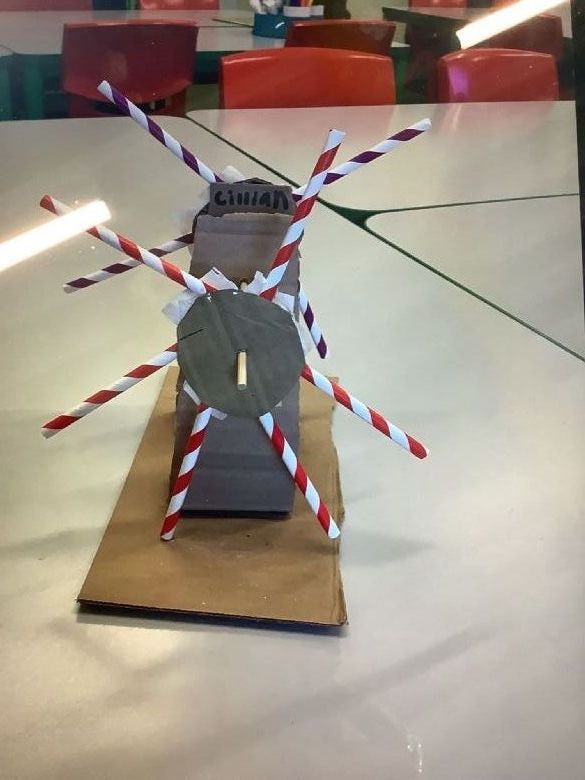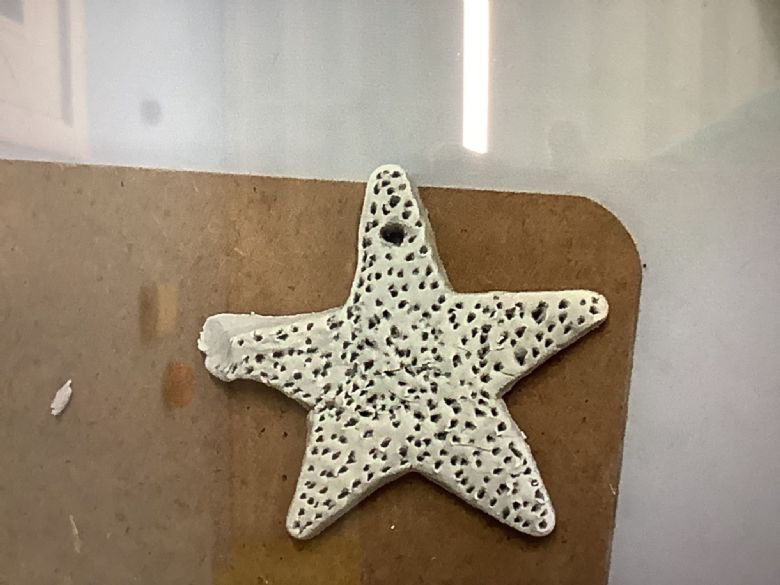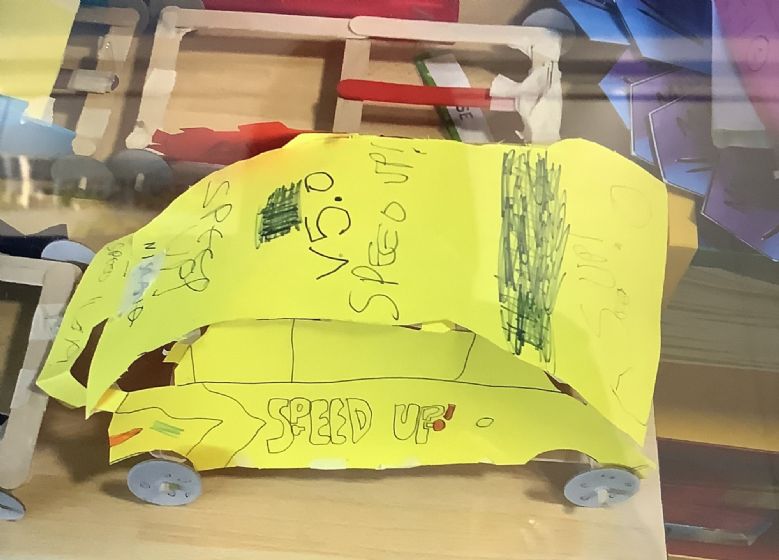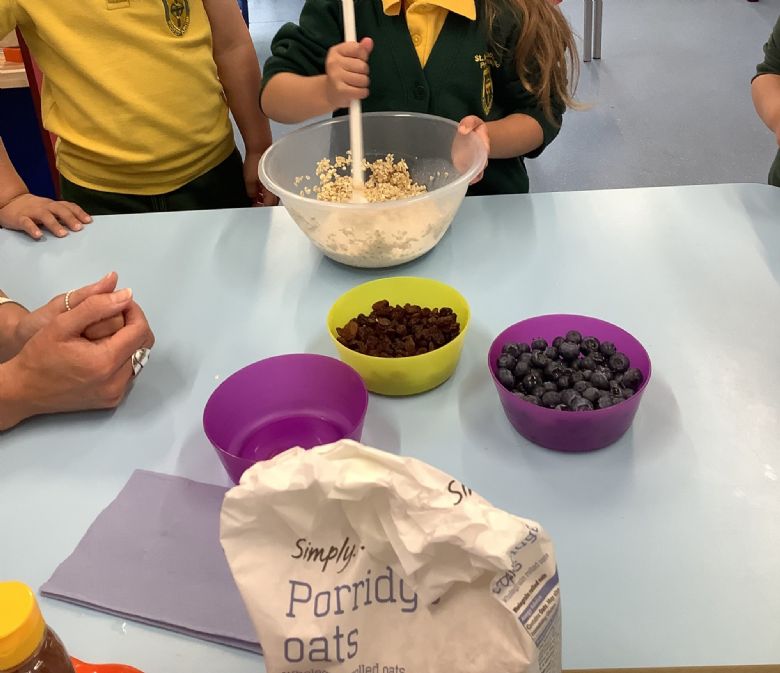Design & Technology
Our Curriculum Intent
At St Mary’s, our Design and technology scheme of work aims to inspire pupils to be innovative and creative thinkers who have an appreciation for the product design cycle through ideation, creation, and evaluation.
We want pupils to develop the confidence to take risks, through drafting design concepts, modelling, and testing, and to be reflective learners who evaluate their work and the work of others. Through our scheme of work, we aim to build an awareness of the impact of design and technology on our lives and encourage pupils to become resourceful, enterprising citizens who will have the skills to contribute to future design advancements.
Our Design and technology scheme enables pupils to meet the end of key stage attainment targets in the National curriculum and the aims also align with those in the National curriculum. The Early Years Foundation Stage follows the Development matters statements and the Early Learning Goals.
How we implement Design Technology
Class teachers will plan meaningful lessons aiming to develop knowledge, skills and confidence in design and technology.
In the Early Years Foundation Stage, design and technology is covered within knowledge and understanding of the world, creative development and within some aspects of physical development. Early skills in design technology are taught in a playful, exploratory way alongside discussion at appropriate levels, and will be an integral part of the child’s learning. Children will be taught specific skills; they will be taught to use and identify simple tools and will use a variety of materials to make things.
In KS1 and KS2, class teachers will plan their lessons following our scheme, ensuring the skills and knowledge stated in the National Curriculum are covered. When planning and teaching design technology, although it will be taught discretely, teachers aim where possible to make links with other subjects, so the children can transfer and apply their skills.
Teachers ensure they teach specific design technology vocabulary as identified by the knowledge organisers and in the progression document. Knowledge organisers will be in the design technology books for children to refer to throughout the teaching process.
The impact
The impact of Kapow Primary’s scheme is monitored through both formative and summative assessment opportunities. Each lesson includes guidance to support teachers in assessing pupils against the learning objectives. Furthermore, each unit has a unit quiz and knowledge catcher which can be used at the start and/ or end of the unit.
After the implementation of Kapow Primary Design and technology, pupils should leave St Mary’s Catholic Primary School equipped with a range of skills to enable them to succeed in their secondary education and be innovative and resourceful members of society.




